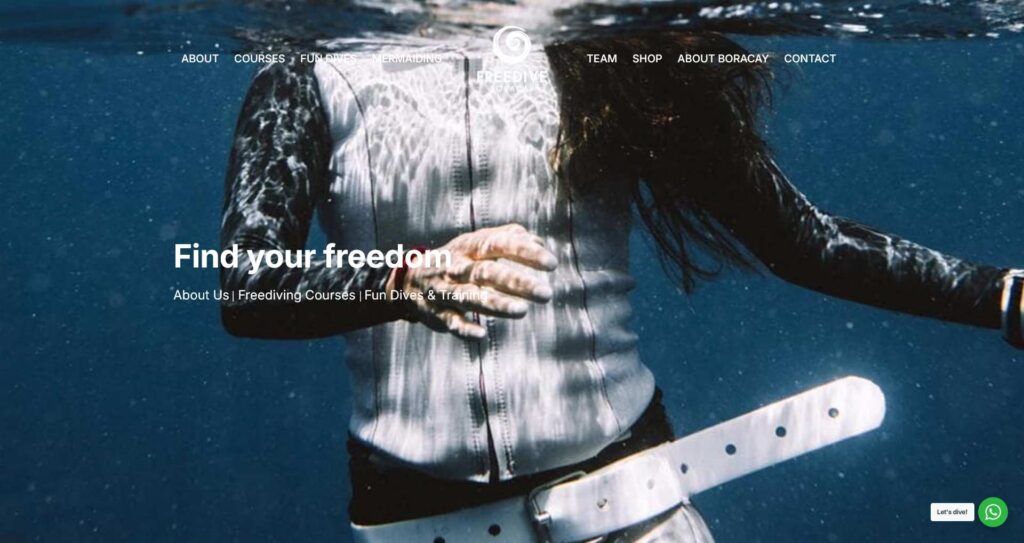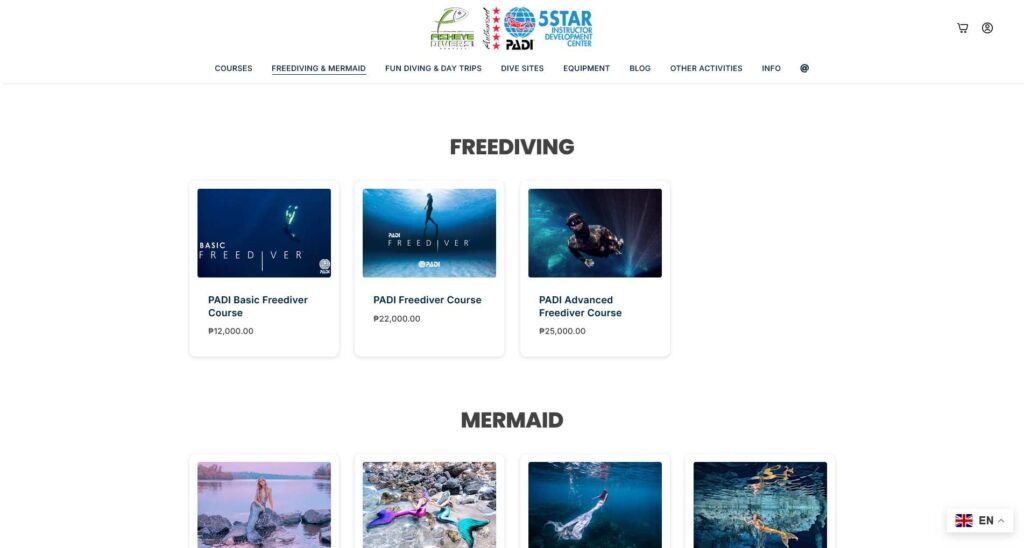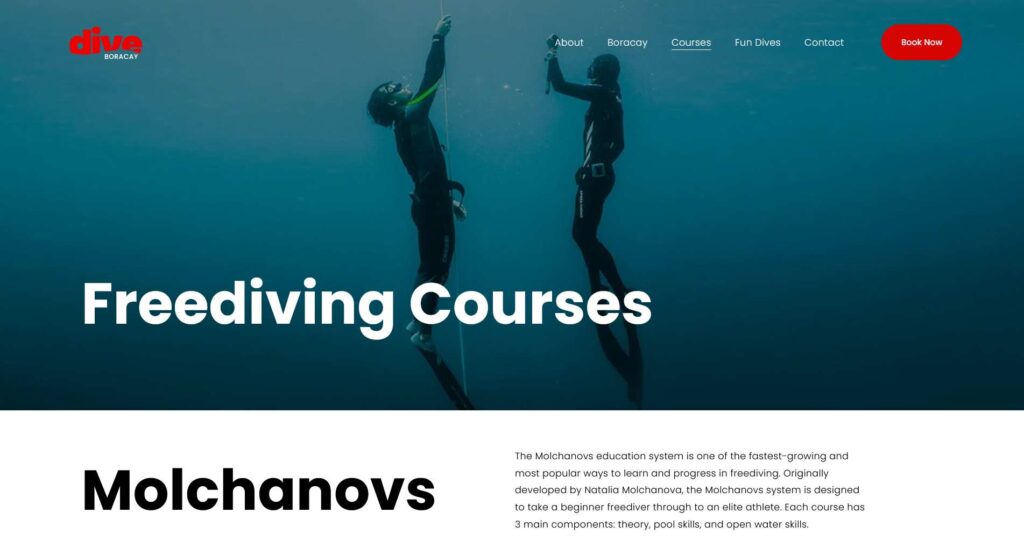Boracay is famous for its stunning White Beach, lively atmosphere, and vibrant nightlife. After its major rehabilitation, it is cleaner and more regulated than ever.
Best Time to Visit
The best time to visit Boracay is during the Amihan season, from November to May.
Amihan Season (November – May): This is the dry season, characterized by sunny weather, lower humidity, and gentle winds. White Beach is calm and ideal for swimming and watersports. This is the peak tourist season.
Habagat Season (June – October): This is the wet season, bringing more frequent rains and stronger winds, which often affect White Beach. However, the opposite side of the island (Bulabog Beach) becomes the hub for windsurfing and kiteboarding. Prices are typically lower during these months.
Accommodation & Budget
Boracay caters to all budgets, from luxury resorts to budget hostels, grouped across its three main stations on White Beach.
Station 1 (Luxury): Known for its wider beach area and powder-soft sand. It hosts the island’s most upscale hotels and luxury resorts (e.g., The Lind, Shangri-La). This area is quieter and more exclusive.
Station 2 (Mid-Range & Central): The island’s commercial heart. You’ll find a mix of mid-range hotels, shopping centers (D’Mall), and restaurants. It’s the busiest area and best for those who want to be close to the action.
Station 3 (Budget): Located at the southern end, this area traditionally offers the most budget-friendly accommodations, including hostels and smaller guesthouses. It has a relaxed, laid-back vibe.
Restaurants and Dining
The dining scene on Boracay is incredibly diverse, offering everything from street food to fine dining.
D’Mall (Station 2): This is the main dining and shopping hub, featuring popular chains, international cuisine (Korean, Japanese, Italian), and local favorites.
White Beach Promenade: The entire beachfront, especially near Station 1 and 2, is lined with restaurants offering fresh seafood barbecue, often displayed on ice for you to choose your catch.
Local Tip: Don’t miss trying the chori burger (spicy chorizo patty in a bun) from the beach stalls, a famous Boracay snack.
Getting Around
Getting around Boracay is easy, as motorized vehicles are highly regulated to minimize noise and pollution.
E-Tricycles: These electric motorbikes with sidecars are the primary mode of transport on the island’s main roads. Fares are standardized but confirm the price before you board.
Walking: White Beach is a long, pedestrian-friendly promenade, and most of the main attractions in Stations 1, 2, and 3 are easily reachable on foot.
Motorbikes/Scooters: Renting is possible but less common than in other Philippine provinces due to the small size of the island and good tricycle coverage.
Recommended For…
Boracay is highly recommended for:
Social Travelers & Nightlife Seekers: Station 2, in particular, has a lively atmosphere with beach bars and pubs.
Honeymooners & Luxury Seekers: Station 1 offers world-class resorts and a tranquil beach experience.
Sun & Sand Lovers: The island is unmatched in the Philippines for the quality of its powdery white sand and turquoise waters.



